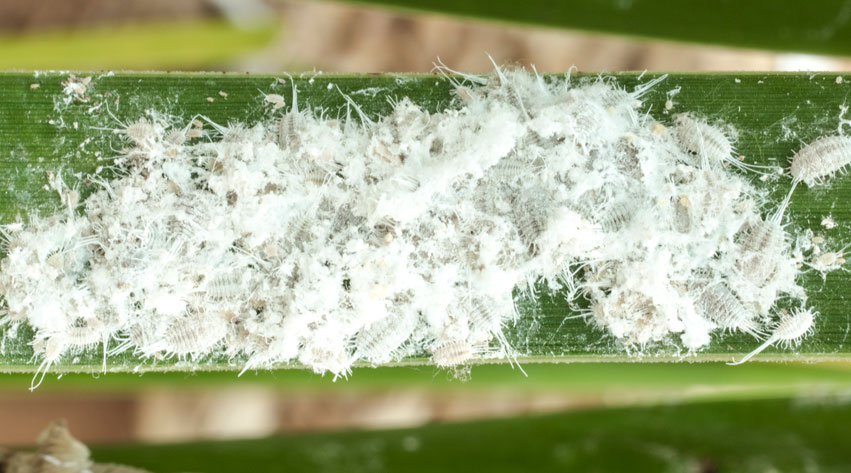


Although fluid-filled spaces in the parenchyma serve as a hydrostatic skeleton for support and to aid in internal transport, the animals lack a body cavity, which is why they are called acoelomate. The space between the gut and outside is filled with mesodermal muscle fibers and undifferentiated parenchyma. In flatworms, the body that is flattened dorsoventrally, with the mouth and genital pore usually located in a ventral position. The Phylum Platyhelminthes contains over 20,000 free-living and parasitic species of acoelomate animals called flatworms. In this lab we will examine one acoelomate lophotrochozoan phylum and several smaller pseudocoelomate and eucoelomate lophotrochozoan phyla. Evidence from sequence analysis of the small-subunit ribosomal gene suggests that some time after ancestral deuterostomes and protostomes diverged from one another during the Cambrian period, protostomes split into two large groups (superphyla), the Ecdysozoa and Lophotrochozoa. The bilateral grade of metazoans is further subdivided into two main divisions: the protostomes and deuterostomes, which are separated on the basis of a number of embryological differences. The dorsal side is kept facing up and the ventral side is kept down and usually specialized for locomotion. The anterior end moves forward and the posterior follows. Bilateral symmetry coupled with cephalization solves these problems. While radial symmetry may be well suited for sessile or slow-moving forms, animals that are active in seeking food, shelter and mates require a new body plan. Phylum From this point on, all animals covered in the Zoo Lab website have primary bilateral symmetry and are triploblastic, that is, three true germ layers (the ectoderm, mesoderm and endoderm) are formed during gastrulation of the blastula stage of development.


 0 kommentar(er)
0 kommentar(er)
